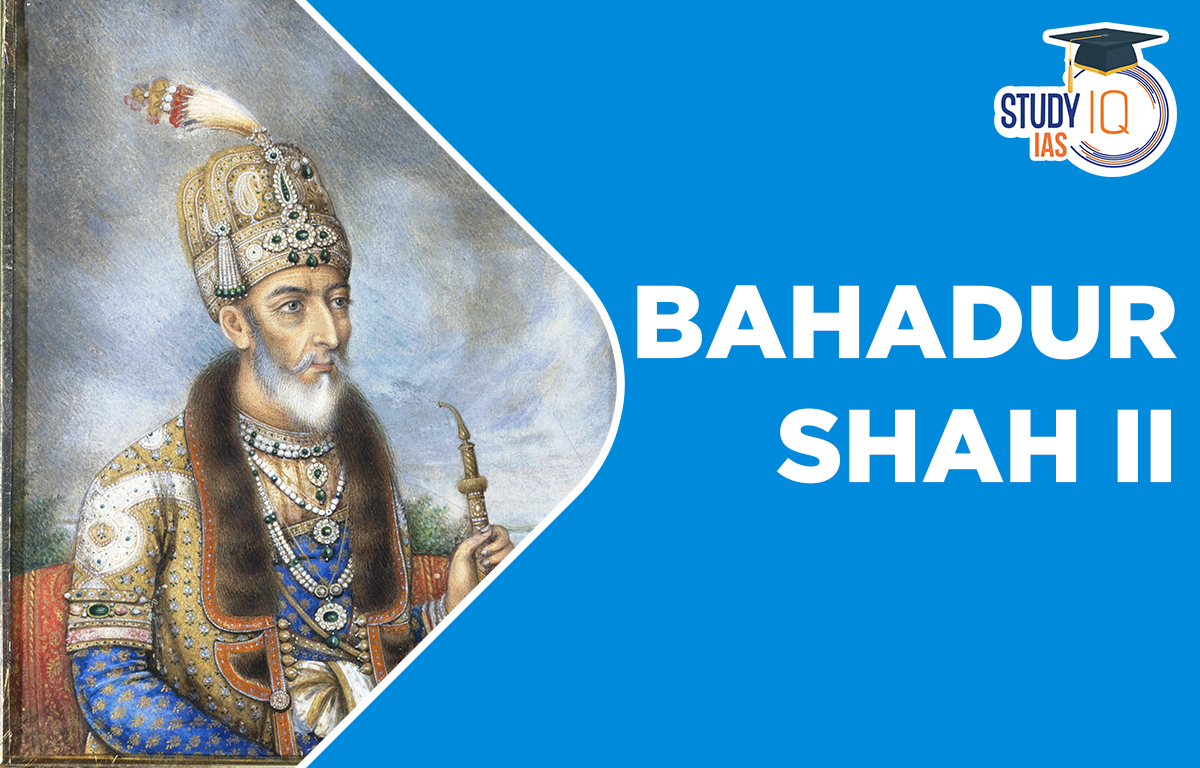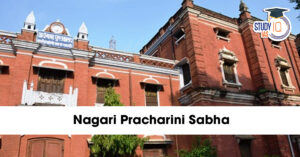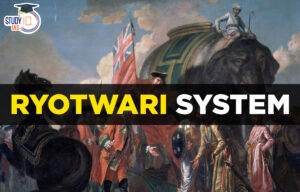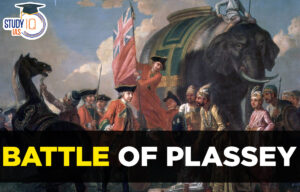Table of Contents
Bahadur Shah II
The twentieth and last Mughal Emperor of India was Bahadur Shah II, also known by his poetic name Bahadur Shah Zafar. He was born Muhammad Mirza Abu Zafar Siraj-ud-din. He was the second child and heir apparent of Akbar II, who passed away on September 28, 1837.
Due to the Mughal Empire only existing in name, he was only able to exercise his authority within the Old Delhi fortified city (Shahjahanabad). The candidate will learn about Bahadur Shah II (1837–1857) in this article, which will help with preparation for the UPSC Civil Service Exam.
Read about: Bahadur Shah I
Bahadur Shah II Early Life
He was Akbar II’s second son and the successor to his father, who died on September 28, 1837. He could only exercise his authority inside the walled walls of Old Delhi because the Mughal Empire only existed in the name (Shahjahanabad). Abu Zafar Sirajuddin Mirza His full name was Muhammad Bahadur Shah Zafar. Zafar was educated in Urdu, Persian, and Arabic as a child.
He received military training in the use of cannons, swords, arrows, and horses. He was considered to be more interested in Sufism, music, and literature than in national politics. Because of this, he was not the selected heir to the kingdom after his father’s death. Following the death of his father in 1837, he was crowned the 20th Mughal emperor.
Zafar was chosen as the next king in place of Mirza Jahangir because of his intense conflict with the British. Due to the British’s increasing dominance in the region at the time, the penultimate Mughal king did not exercise a rigid line of authority over his realm.
Bahadur Shah II Reign
In September 1837, in Red Fort, Zafar was crowned Bahadur Shah II after the death of his father. What happened when he was in office cannot be discussed in great detail. He was in charge of organising ceremonial processions like Phoolwalo ki sair, holding his ceremonial darbars, having poetry readings with notable Urdu poets like Mirza Ghalib and Ustad Zauq, and writing his own poetry.
Some less significant structures, such the Zafar Mahal in Mehrauli and a little Zafar mahal next to the Red Fort, are attributed to him. During the monsoon season, Bahadur Shah Zafar would go to the Zafar Mahal in Mehrauli, the final Mughal palace to be constructed.
Overall, though, Bahadur Shah was never able to wield power like the majority of his predecessors, who ruled with words. In the couplet that follows, Zafar reveals his viewpoints. Numerous Urdu ghazals were written by eminent Urdu poet Bahadur Shah Zafar. Despite some of his work being lost or destroyed during the Indian Rebellion of 1857, a sizable portion was preserved and included in the Kulliyyat-i-Zafar.
Many eminent Urdu philosophers, poets, and writers have resided at his court, including Mirza Ghalib, Daagh Dehlvi, Momin Khan Momin, and Mohammad Ibrahim Zauq. In the middle of the nineteenth century, the East India Company became well-known as a significant political and military force in India. Hundreds of kingdoms and principalities that were independent of the company partitioned their domains.
The company honoured the emperor by providing him with a pension. The firm received permission from the emperor to tax Delhi and have a military presence there. Zafar had little political interest and lacked “imperial desire.” The British exiled him from Delhi when the Indian Rebellion of 1857 began.
Zafar and his family were relocated from Diamond Harbur to Rangoon on December 4, 1858, and they arrived there on December 10. According to a British source, the Indian residents of the area weren’t impressed by his visit. Bahadur Shah Zafar arrived at Rangoon at the age of 83. His health deteriorated faster the longer he remained there. On November 7, 1862, he passed away as a result of his neck being paralysed. He was interred in an unidentified burial.
Bahadur Shah 2 Poet and Poetry
Many of his ghazals have been performed by well-known vocalists including Jagjit Singh and Mehdi Hassan. Ali, Muhammad In 2007, Jagjit Singh played “Lagta Nahin Hai Dil Mera,” one of Zafar’s well-known ghazals, before Parliament to mark the 150th anniversary of the 1857 War. In the poem, Zafars expresses his pain at missing his native nation when he was living in exile in Burma.
He laments his unfortunate inability to locate a few yards of ground in his country to be buried in one of the lines. The ruins of Zafar Mahal also house the tombs of various Mughal rulers as well as an empty royal burial ground for the Poet King who died far away.
Bahadur Shah 2 Religious Beliefs
Bahadur Shah Zafar was an active Sufi. He was known as a Sufi Pir and would take murids or disciples. As a poet, Zafar studied the most profound, mystical Sufi teachings. He also embraced the mystical and superstitious aspects of Orthodox Sufism.
Like many of his followers, he thought that because of his status as an emperor and a Sufi pir, he possessed unique spiritual abilities. Zafar stated unequivocally in one of his poems that Islam and Hinduism had a same spirit. His court, which represented a multicultural Hindu-Islamic Mughal culture, put this concept into practice.
Bahadur Shah II UPSC
At the age of 62, Bahadur Shah Zafar, also referred to as Aboo Zafar, ascended to the throne of the Mughals in 1837. He served as Emperor Akbar Shah II’s apparent heir. Since Zafar was not only a poet but also a patron of literature, the arts, and poetry, there are more writers and poets than combatants in his court. Ibrahim Zauq and Mirza Ghalib were revered at court for their works of poetry and art. This page provides thorough information on Bahadur Shah 2 for UPSC Exam Preparation.


 Nagari Pracharini Sabha Revival: Backgro...
Nagari Pracharini Sabha Revival: Backgro...
 Ryotwari System in India, Features, Impa...
Ryotwari System in India, Features, Impa...
 Battle of Plassey, History, Causes, Impa...
Battle of Plassey, History, Causes, Impa...





















